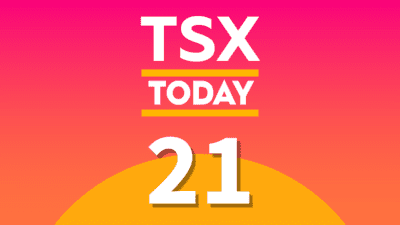Markets did poorly in 2022, and it’s understandable why some investors are skittish about 2023. The conditions that caused the markets to fall in 2022 (high inflation, rising interest rates) are still lurking around, so many are waiting cautiously on the sidelines.
If you’re sitting on some cash, it’s worth remembering the old adage, “Time in the market beats timing the market.” Over the long term, investing consistently and staying the course will always trump those jumping in and out trying to buy at the very bottom.
Still, it can be nerve-wracking to buy $10,000 of a stock only for the dip to keep on dipping. Today, I have two suggestions for a bear market using exchange-traded funds, or ETFs: one for low-risk investors, and one for high-risk investors. Let’s check them out.
The low-risk option
Not every investor likes to take risks, and that is OK. Market volatility can make your portfolio swing gut-wrenching amounts on a daily basis. For some, minimizing volatility as much as possible can help them sleep and avoid the disastrous mistake of panic-selling at the worst time.
An extremely low-volatility, virtually risk-free asset to add to your portfolio in any allocation you desire is the Horizons High Interest Savings ETF (TSX:CASH). CASH holds its capital in deposits with Schedule 1 Canadian banks, which eliminates market risk. If the market crashes, CASH won’t.
Thanks to rising interest rates, CASH currently has a gross annual yield of 5.02% with monthly payouts. In terms of fees, the ETF charges a low management expense ratio of 0.13%, or around $13 in annual fees for a $10,000 investment. CASH is literally a better way to hold cash!
The high-risk option
My high-risk pick is at the end of the spectrum in a 100% stock ETF, the iShares Core Equity ETF Portfolio (TSX:XEQT). If you’re bullish on the market rebounding and recovering over the long term, then why not buy an ETF that comes as close as possible to matching the returns of the world’s stock market?
XEQT is as diversified as an investor’s stock portfolio can get. Currently, this ETF holds over 9,000 U.S., Canadian, and international stocks from all stock market sectors and market cap sizes. It’s re-balanced automatically and pays out distributions quarterly.
For a 0.20% management expense ratio, you get a one-ticker, all-in-one stock portfolio that’s professionally managed on your behalf. With XEQT, all you need to do is buy, reinvest dividends, and hold for the long term. It’s investing made as simple as possible.
The Foolish takeaway
The choices I presented above are at extreme ends of a spectrum. In reality, most investors will fall somewhere in between. For example, I might personally choose 90% XEQT and 10% CASH based on my current risk tolerance. The key is to be honest with yourself.
Once you have your risk tolerance and asset allocation figured out, a good way to take your portfolio to the next step is by picking some Canadian dividend stocks. For ideas and recommendations, check out what the Motley Fool has to offer below!










